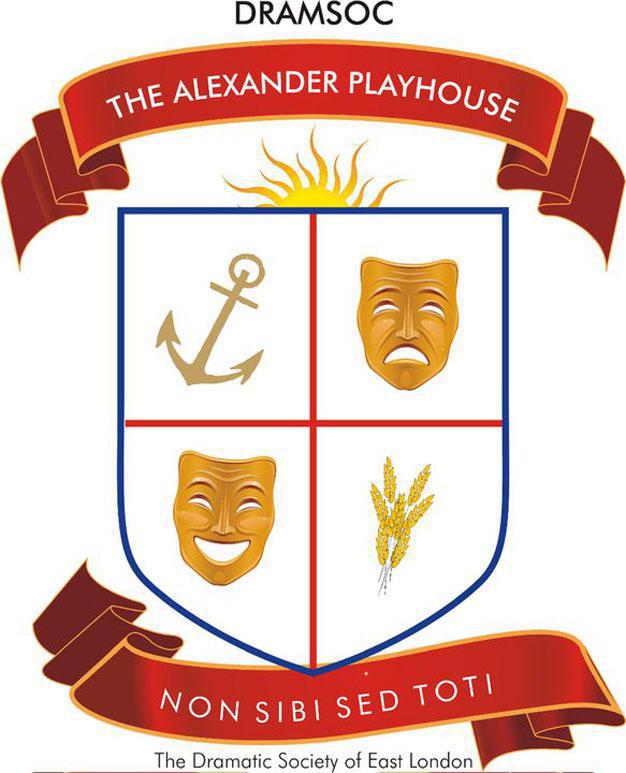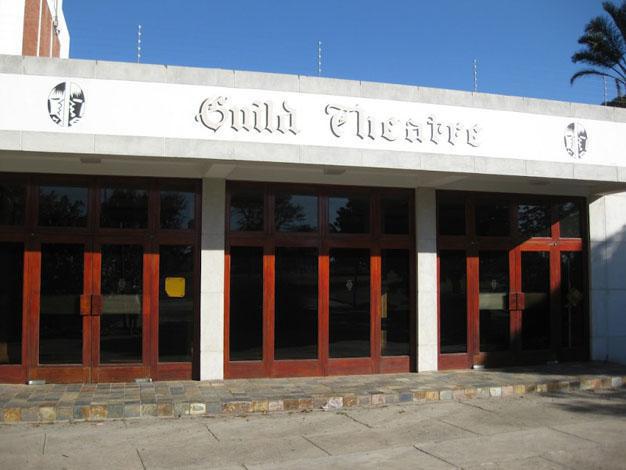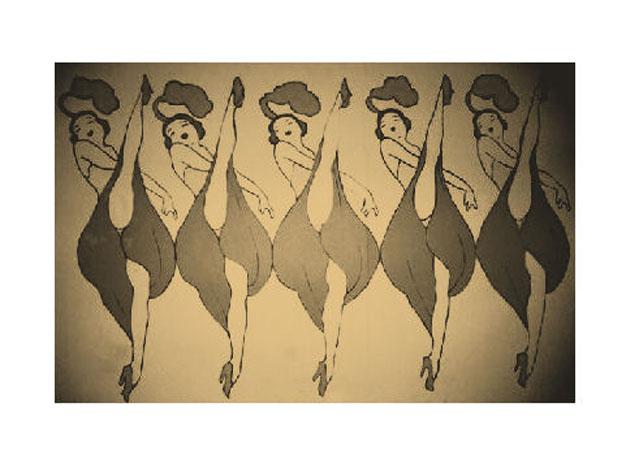A history of East London’s theatres
East London has a rich cultural heritage that its people are proud of and have nurtured and developed over the years. This development is evident in many ways but perhaps in particular when you look to the entertainment industry, namely the theatre. East London is home to four wonderful theatres, each of them thriving independently and having their own very different characters. We take a look at each theatre here and provide a little history and background.
East London’s Alexander Playhouse is a popular dinner/theatre venue. Connected to the Dramatic Society of East London (DRAMSOC), the playhouse was originally built as a rehearsal venue for the Society in 1963, eleven years after DRAMSOC was founded, and designed by architect Mr Bennie Shapiro. Aside from DRAMSOC utilizing the venue, the playhouse was used for various workshops and the Junior Dramatic Society used to meet there once every fortnight. Initially DRAMSOC rented the land on a 20 year lease but later raised sufficient funds to buy it outright.
During the period that the Guild Theatre was closed for refurbishments, the playhouse was used as the main venue in East London to keep the theatre vibe alive. It was at this point that the dinner/theatre concept was introduced by one of DRAMSOC’s founding members, Lynette Alexander (who the playhouse was later named after) and her daughter Michele. Out of town performers were brought in around this time and some of the first shows staged at the playhouse were ‘Circle of Love’, featuring Judy Page and her daughter Kim Callie and ‘Good Vibrations’, directed by Themi Venturas and starring Lisa Bobbert and Aaron McIlroy. Other early cabaret artists include Kevin Feather, Elzabe Zietsman and Casper de Vries.
The revenue that was much needed for DRAMSOC was provided by Lynette’s December Showstopper productions which were sold out every year and money ploughed back into the venue – the playhouse was then able to improve on many things including an upgrade to the sound system, adding air conditioning, a dressing room, bathroom etc and increasing the size of the stage.
Aside from the popular Showstoppers productions, the playhouse has staged many different types of shows including the major musicals ‘Joseph and His Technicolour Dreamcoat’, ‘Grease’ and ‘Hairspray’, Valentine cabarets, full scale drama and comedy productions, Shakespeare, candlelight and staged play readings. It was for the production of ‘Hairspray’ in December 2011 that the playhouse designed and created their own little orchestra pit, utilizing the area under the stage. In December 2012 the Alexander Playhouse celebrated DRAMSOC’s 60th anniversary with a Showstoppers Diamond Jubilee, directed by Michele Brandenburg.
Everybody who works at the playhouse is involved in all aspects of running the venue, from working on stage and in the lighting box to working in the kitchen and making costumes. Although many of the people are professionals in their own right, they give their services for free, for the love of theatre and for DRAMSOC.
The history of East London’s Guild Theatre is an interesting one and the brainchild of a Dr B.Bromilow-Downing, who was an East London soldier and keen supporter of amateur theatre. The concept began in a prisoner-of-war camp during WWII and, dreaming of the day he would be released, Bromilow-Downing passed the time by writing a pantomime in the camp. Once the war had ended, Bromilow-Downing got together with another East Londoner, Arthur Markson, and formed an association with an idea to initiate interest in building a proper theatre.
The association, formed in November 1953, soon comprised over 1,000 members through affiliated societies and fundraising then began in May 1954 to raise funds to build what was then known as the ‘Civic’ or ‘Little Theatre’. Performances were staged by the societies in churches and school halls and pantomimes were produced very year at the City Hall, with all proceeds donated to the building fund. The theatre was eventually built at a cost of R158,500 through fundraising, grants and loans.
The Guild officially opened their doors in October 1962 with a production of ‘School for Scandal’, directed by Mary Howe, and East London finally had a theatre of which it could be proud. They enjoyed many successful years until television was introduced and theatre audiences declined around the country, causing the theatre to fall into disrepair with no funds to keep up the maintenance required. In 1986, Capab offered to take over the running of the Guild and the theatre was closed the following year for extensive renovations. The theatre reopened in February 1988 with a performance of ‘Carmen’ by Capab, who eventually relinquished responsibility for the venue in 1998 when it was handed over to the Eastern Cape Provincial Government.
Despite the Dept of Public Works doing their best to maintain the theatre, they relinquished all responsibility for repairs and maintenance and a new management board was established, with all board members working on a voluntary basis to serve the theatre and represent the various cultural communities of Buffalo City. Since the Board has taken over the management of the Guild, it has become far more accessible to all communities, nurturing and developing the rich cultural heritage that the Eastern Cape is known for.
The Guild Theatre is proud to be the only fully equipped theatre operating in the eastern part of the Eastern Cape, serving communities as far afield as Alice, Queenstown, Butterworth and Umtata. Today, the venue is utilized by a wide variety of producers and organisations – professional touring companies, amateur companies (including school productions), seminars, fashion shows, religious gatherings and graduations.
Since the early 1940’s, East London’s Technical College Drama Club and East London’s Schools Music and Drama Association were involved in providing local theatre entertainment in the city and were joined by the Dramatic Society, the Music and Variety Club and the Children’s Theatre in the 1950’s. Working together, funds were raised toward the building of what was to be the Guild Theatre.
The Music and Variety Club and the EL Technical College Drama Club amalgamated in 1962 with the Arts Theatre Club being its new name. The aim of the club was to provide local entertainment and to encourage visiting artists to perform locally, and in December of the same year, The Arts Theatre put on ‘Peter Pan’, their first pantomime, at the newly opened Guild. By the start of 1965, plans were underway to find a permanent headquarters and practice venue for the club and it was decided to purchase property in Paterson Street.
Over the next decade, many productions followed, until the club amalgamated with the East London Light Operatic Society in 1976. Together, productions were staged until the property in Paterson Street was turned into a proper small theatre, the first phase of alterations being completed in March 1987, coinciding with the club’s 25th anniversary. Phase two of the alterations were undertaken in 1991.
The Arts Theatre has produced local drama productions of a high standard over the past 50 years and has always encouraged visiting artists to utilize the venue. Most recently, local audiences were treated to ‘Evita’, the Arts Theatre Club’s last major production in 2012.
Book your accommodation right here on ShowMe.
You can find the top hotels, lodges and Airbnb establishments conveniently placed on the map below. All you need to do is click on the place that’s conveniently located and within your budget and then make a booking. What could be easier?
If the map is not where you want to be, click on the ShowMe Pin and then enter the exact name of the location and the map will adjust accordingly.











